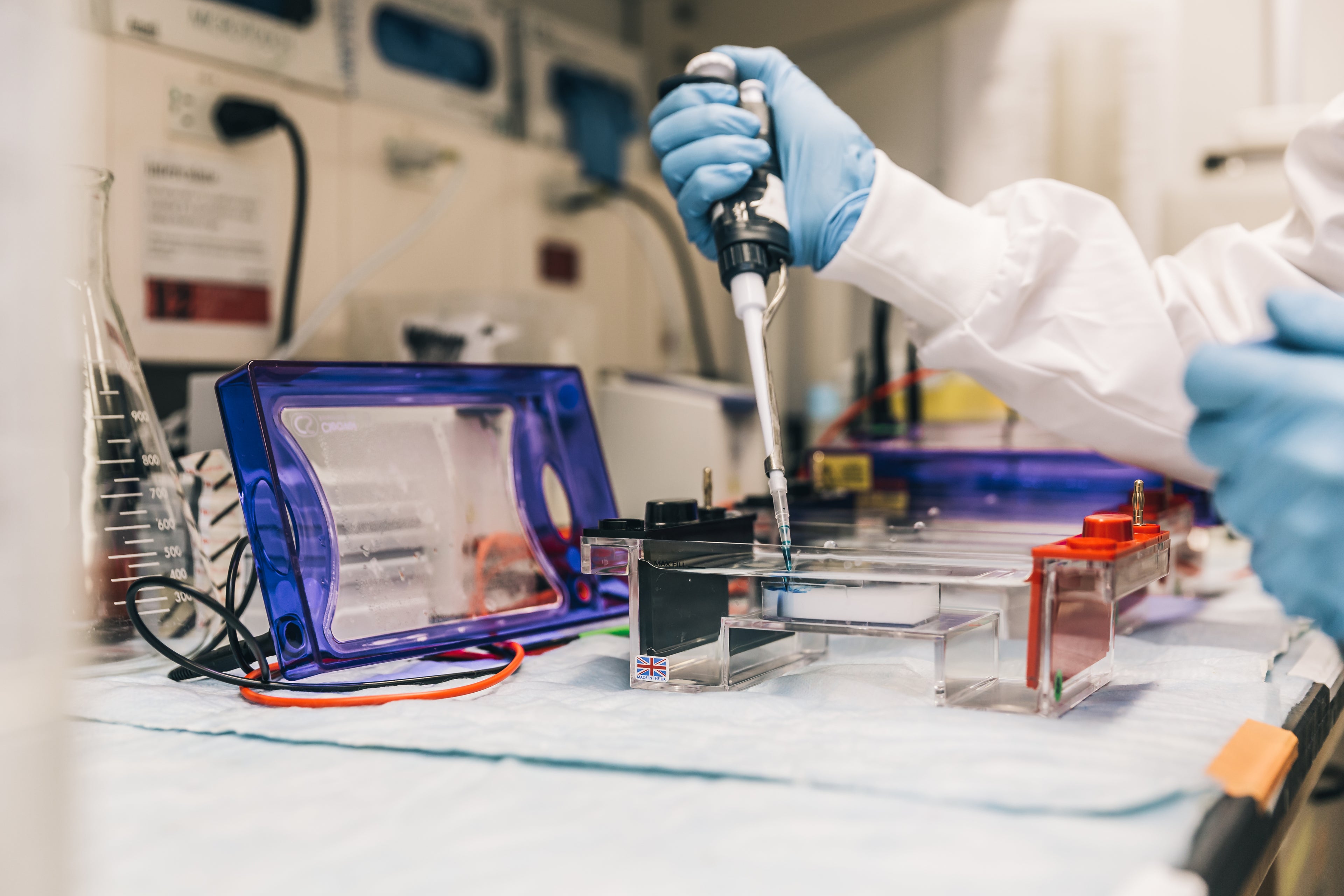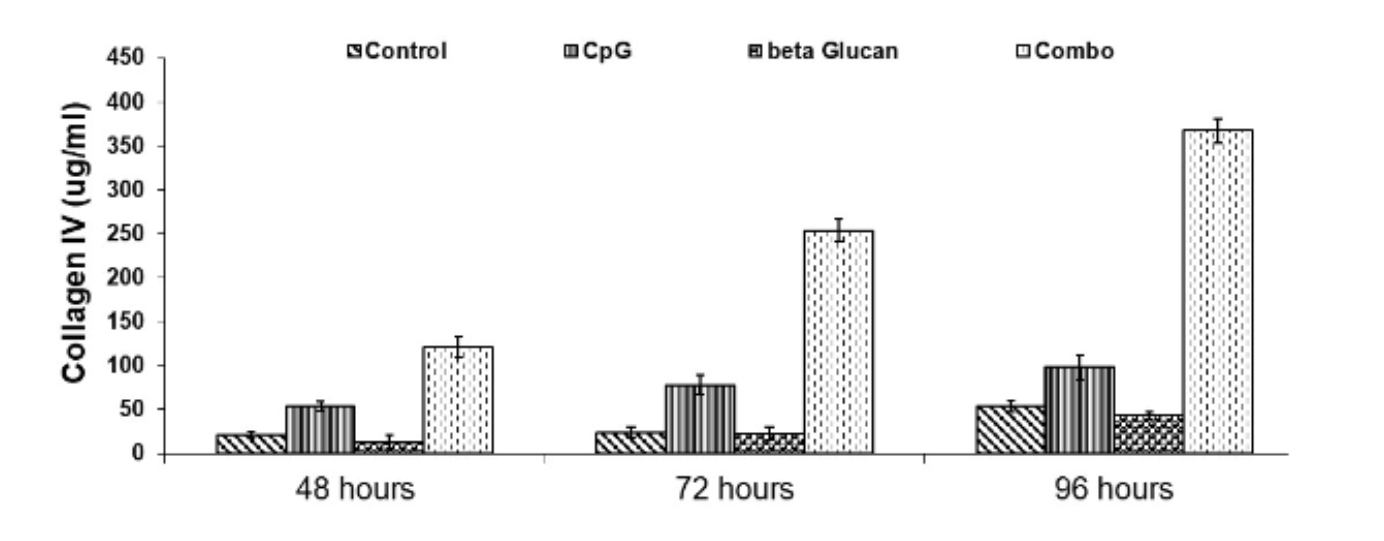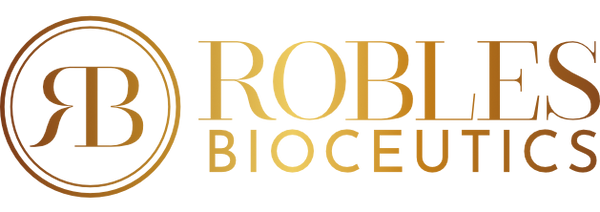Our Science
The Role of Stem Cells in Regeneration
The ability of the body to regenerate has been shown in many situations with some
organs regenerating faster than others. For example, a liver can regrow up to 75% of its mass after being cut. In contrast, injury to the brain is often permanent with little to no regeneration. The amount of regeneration, or “healing” that tissues undergo is correlated with the numer of stem cells. More stem cells means more regeneration. We see this for example in fetal tissues, in which injury does not cause scarring and even limb regrowth is possible in some situations. This is because the liver has more stem cells than the brain, and the fetus has more stem cells than the adult.

Unlocking the Anti-Aging Potential of Stem Cells
Is it possible to reverse aging with stem cells? In many situations this has needed been shown to be the case. For example, administration of stem cells under the skin has proven some cosmetic and anti-aging benefit. Unfortunately, wide spread use of this approach is limited. If you want to inject stem cells you need to use your own stem cells, otherwise they get rejected by the body. To use your own stem cells you need to either harvest from the bone marrow or from the fat, both procedures not being pleasant and in some cases the extraction procedure possesses risks. If you use other people’s stem cells they will eventually be rejected if the cells themselves are administered.
A solution to this problem is to use stem cells from donors but instead of injecting the stem cells themselves to inject factors and proteins made by the stem cells. This is because the body may reject foreign stem cells, but it will not reject proteins and growth factors made by donor cells. This is explained because cells can be “immunogenic”, meaning “visible” to the immune system, whereas the growth factors and proteins are not capable of stimulating the recipient to attack them.
Currently there are many companies that utilize stem cell produced “factors” as the active ingredient in the anti-aging cosmetic. These “factors” are usually proteins and/or exosomes that are produced by the stem cells in culture. At Robles Bioceutics we believe that it is important to stimulate the stem cells in the laboratory before extracting the various therapeutic factors that they produce. It makes sense logically to think that a stem cell cultured under non-injury conditions would have no reason to be producing healing factors at a high rate. Stem cells only produce high levels of “healing factors” when there is some sort of injury to the body.
The active ingredients in Glowselle are harvested from stem cells that have been activated with toll like receptor agonists, which trick the stem cell to believe that there is tissue injury occurring. This gives rise to significantly higher numbers of growth factors as well as an improved quality of growth factors. In the experiment below stem cells were treated with either saline (control), CpG DNA (which activates toll like receptor 9), beta Glucan (which activates toll like receptor 4) or the combination. The proteins and exosomes produced from these activated stem cells were used to treat fibroblasts in the lab. Collagen production was assessed. Significantly more collagen was produced when factors from activated stem cells were added to fibroblasts as compared to non-activated control stem cells. Furthermore the combined stimulation of stem cells resulted in markedly superior activation of collagen production as compared to either stimuli alone. The superior effects of activated stem cells on collagen production are also being investigated in other aspects of skin biology and are the basis for our Glowselle product.

